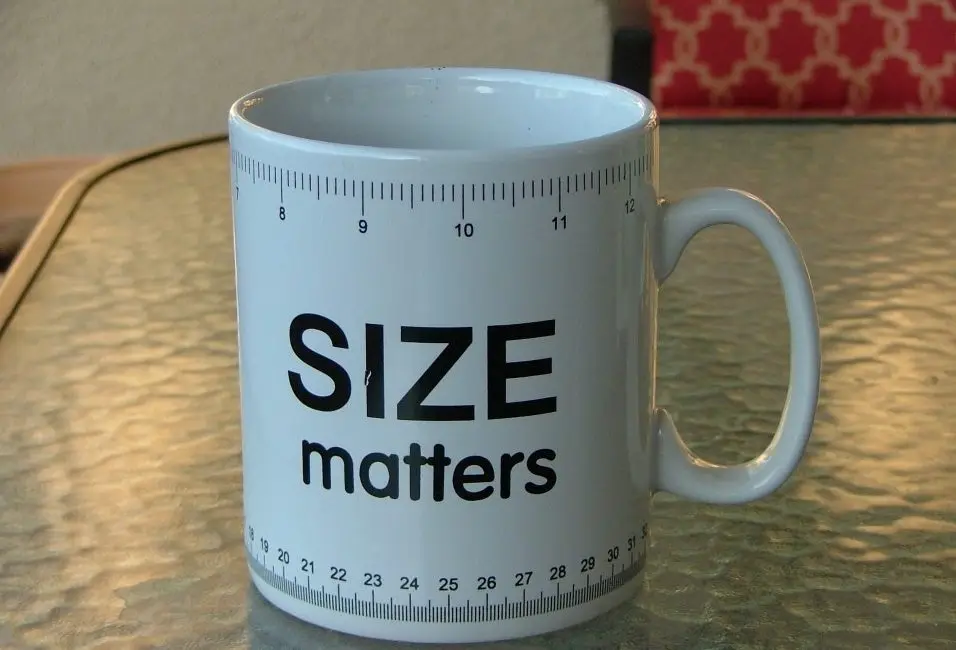As I worked with hundreds of businesses as they look at preparing their firms for sale, I developed the acronym FEISTY. To succeed you want your firm to be:
- Financially stable
- Easy to understand
- Industry in favor
- Size is good
- Timing is right
- You can leave the business without blowing it up
Size is good
In order to make an investment decision, most investors will look for firms that are a fit in terms of industry, size, and location. If you’re the wrong size, they tend not to invest.
Who are the investors that invest in privately held businesses, and how do they break down by size (measured in revenue)?
· Over $250 million: mostly firms that are already in the same industry (“strategic investors”) and are looking to grow by acquisition. Some private equity involvement (“financial investors”).
· $20-$250 million: higher involvement of financial investors both acquiring and divesting. In a typical transaction well over half the bidders will be financial investors. Strategic investors still active and tend to pay higher prices.
· $5-20 million: interest from financial investors drops off sharply unless they already have a platform company in the same industry and are looking to grow by acquisition through making a “tuck in.” Strategic investors remain involved, and remain interested in firms that have a good fit with their existing business and are the right size. Individual investors start to make their presence felt here and either singly or in a group are responsible for a lot of transactions happening.
· Below $5 million. This is where the vast majority of U.S. businesses find themselves. For stable, profitable firms, interest from institutional investors is absent, and sellers will need to usually network to find existing firms in the same business that want to buy. Sometimes a sale is not possible.
Why do certain investors invest in certain size ranges?
It comes down to two things: their available capital, and the company characteristics associated with size.
· Available capital. If you have a private equity firm with a $200 million fund, it’s going to want to invest in 10-20 firms and have some dry powder left over for follow on investments. So it’s going to want to write an equity check of $5-10 million with a similar amount of debt for a total transaction value of $10-20 million. If you have a company that is worth $5 million, no matter how good it is, you’re simply too small to be of interest. On the other hand, if you have a $100 million company, a fund of this size is not going to be your lead investor.
· Company characteristics. As companies grow, they also change their characteristics. With a startup company, everyone is wearing two hats, you might have several very valuable employees who are being paid way below market rates because they came on board early and like the CEO. It might be a friendly uncle who’s an accountant that serves as the CFO. As the firm grows, positions are more professionalized—particularly in finance, legal, and HR—compensation becomes more in line with the market. IT becomes better resourced, resulting in tighter finance, sales, and operational control. This increased control means lower risk for acquirers.
Institutional investors, particularly private equity firms, don’t like to buy small firms, because they don’t want to build the systems that larger companies already have in place.
Who are the intermediaries that help with a sale?
Publicly held businesses will have existing relationships with bulge bracket banks that managed their IPOs and continue to manage their debt issuance. These banks will be the natural partners for M&A activity.
Large private companies (>$200 million) will have existing relationships with banks that finance their working capital and PP&E. These banks will tend to partner them up with their M&A groups.
Middle market private companies in the $10-200 million range will often be seeking their first contact with institutional capital, and will often use the advice of boutique investment bankers.
Small private companies of less than $10 million will often not have relationships that lead to a natural fit with an M&A intermediary. For these firms a business broker is often the best choice.
What are the keys to success for selling in the different size ranges?
The key to success is to find the right intermediary for your size range, to introduce you to the right investor for your size range.
SSK Capital focuses on introducing privately held businesses in the $2 million + EBITDA range (normally $10 million of revenue) to institutional investors. We do this through a structured auction process that brings multiple comparable bids forward at the same time, so that clients get the highest price, best terms, and highest likelihood of close.
After ensuring your sales strategy fits your size, you want to see if your timing is good. We’ll pick that up next week.
